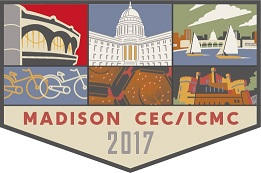Speaker
Description
High concentration isotropic artificial pinning centers (APCs) are desirable for high-field applications. In this work, we explore double-doping (DD) of BaZrO3 nanorods (BZO-NRs) and 3 vol.% Y2O3 nanoparticles (Y2O3-NPs) in YBCO as the BZO-NRs concentration is varied in the range of 2-6 vol.%. When comparing with YBCO counterparts with single-doping (SD) of BZO-NRs which shows a monotonic decreasing Jc (H) with BZO doping, an opposite trend of increasing transport critical current density Jc (H) with BZO doping was observed in the DD case. This may be attributed to the considerably promoted BZO-NR splay in the DD case via kinetically impeding the BZO-NR alignment using the second dopant of Y2O3-NPs, which reduces the detrimental strain field overlap in the SD case at high BZO doping. Such a microstructure change is evidenced in the much smaller c-lattice parameter expansion of 0.16% in the DD as opposed to 0.51% in the SD counterparts. In addition, much reduced Tc degradation of 2.2 K in the DD case, in contrast to 5.6 K in the SD case at the same BZO doping levels, illustrates a benefit of the BZO-NR splay. An additional benefit is the enhanced isotropic pinning with respect to the orientation (θ) of the H-field and the enhancement increases with the BZO doping due to the improved Jc at θ away from θ=0 (H//c) by up to 300%. This result suggests that the DD approach is effective in generating strong and isotropic pinning landscape for high-field applications.
